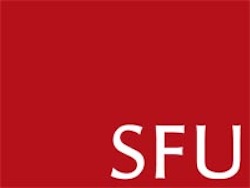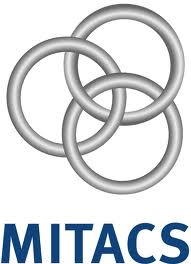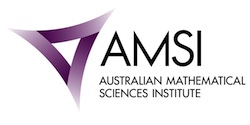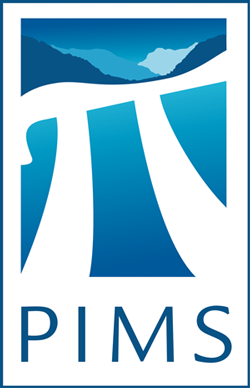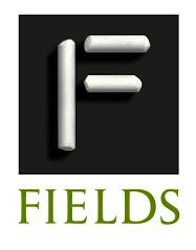Conference Program
Conference Topics
Convex and Variational Analysis
The last couple of decades have made it clear that Convex and Variational Analysis are the key tools to solve Optimization problems. Various local approximations, stationarity and regularity concepts, and criteria for typical variational analysis objects have been studied exploring the basic concepts precisely formulated by Borwein and Zhu: An important feature of the new variational techniques is that they can equal ly wel l handle nonsmooth functions, sets, and multifunctions. Splitting methods have turned out to be a very useful and popular tool for solving optimization problems with a total variation component in their objective function. These algorithms are best analyzed and understood within the framework of Monotone Operator Theory, which has recently witnessed a revolution due to the consequent application of the Fitzpatrick function. However, not all work is done and the famous sum problem has resisted a resolution for several decades. Therefore, we aim to survey the state-of-the-art in Monotone Operator Theory, to map out promising research directions and emerging tools. Particular examples of interest are: the sum problem, the decomposition of a monotone operator into a symmetric and skew part, maximality of the variational and extended sum, and the Douglas-Rachford algorithm in the absence of convexity.
Optimization Algorithms and High Performance Computing
During this same time frame, we have seen an enormous increase in the complexity and size of optimization problems that can be solved. This is due to both an increase in computing power as well as improvements in the theory and the algorithms. We aim to cover the recent developments for various cone optimization problems, e.g., Linear Programming, Semidefinite Programming, and Second Order Cone Programming. This includes various recent techniques related to interior point methods, as well as tools that exploit the latest results on nonsmooth analysis. In addition, the models are being applied successfully to solve real world problems in areas such as finance, biology, chemistry, scheduling, etc... In particular, clever relaxation and bounding techniques that use the cone optimization models allow for the solution of many numerically hard problems.
Number Theory and Experimental Mathematics
For his entire career, Jonathan Borwein has been interested in experimental and computational mathematics, with much of this research having a number-theoretic flavour. He is the principal creator of a number of very imaginative and timely centres. These include the Centre For Experimental and Computational Mathematics, and now CARMA in Australia. Some of the principal collaborators have been: David Bailey, Frank Garvin, Peter Borwein, Richard Crandall, Natalie Sinclair, Bruce Berndt to name but a few. Recent interests have extended to remote collaboration technologies. Some of his most striking discoveries, involving theta functions and various special series are at the confluence of number theory, analysis and experimentation. These will be one of the focuses of this theme. But perhaps the overriding theme is the explanation and exploration of these discoveries in the computational and experimental environment in which they were made.
Conference Structure
The Computational and Analytical Mathematics conference will be held over a five-day period from May 16–20, 2011 in SFU's IRMACS Centre. There will be a group of conference participants at the the University of Newcastle, Australia, attending presentations via distance collaboration technology.
All in all, we plan 9 invited plenary talks from across the above-mentioned areas. We will strive for a balance among the speakers of these diverse areas, with a special focus on researchers working in more than one of these areas. The invited research will range from more theoretical to applied, and some of the speakers will have an industrial background. There will be 9 (two per day with one on the last day, 50-60 minute) plenary talks, 20 senior speakers (giving 30 minute talks), and another 20–30 shorter talks by early-career researchers.
It is our aim to mix researchers that are just beginning their careers with senior researchers.

